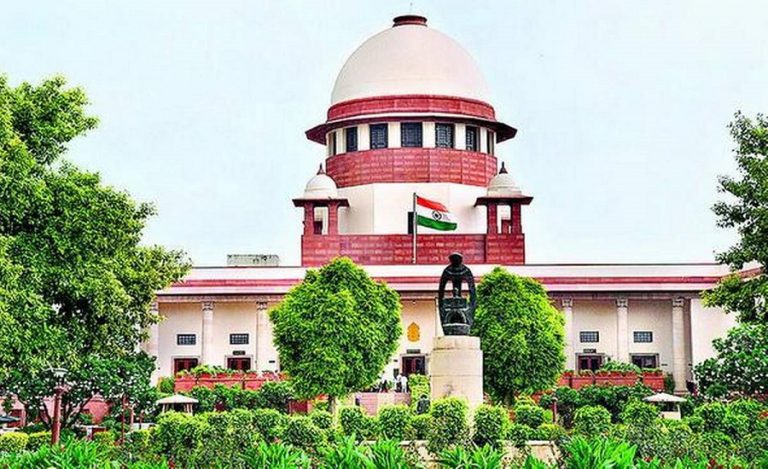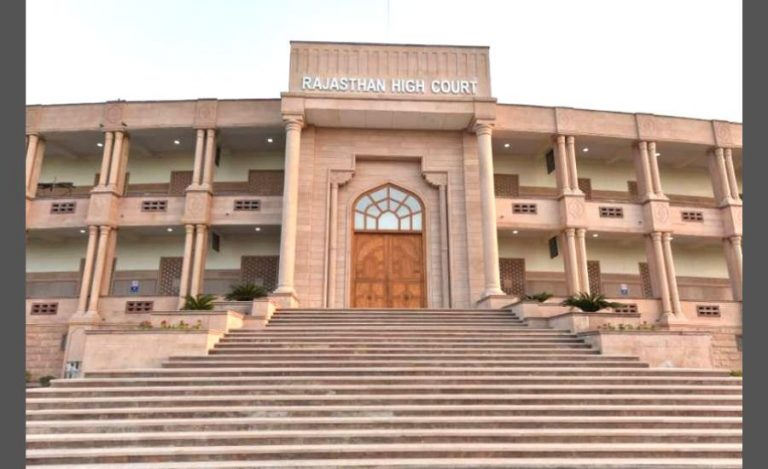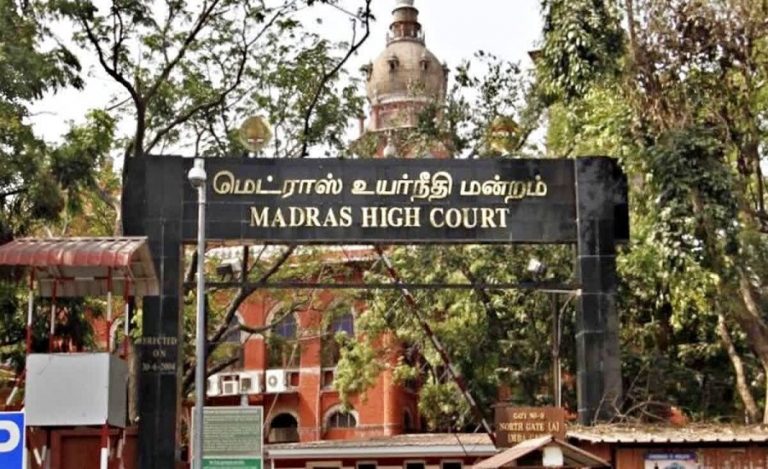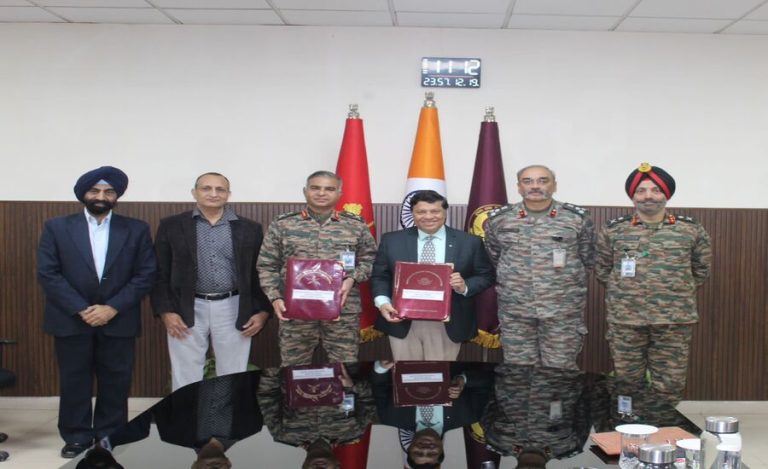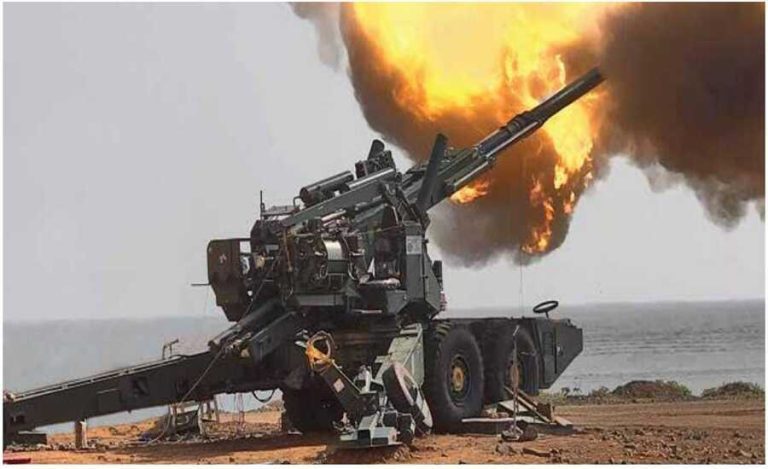New Delhi: In a strong statement that underscores India’s growing impatience with Pakistan’s continued provocations, Defence Minister Rajnath Singh issued a stern warning during a Dussehra event in Bhuj, Gujarat, stating that any misadventure by Pakistan in the Sir Creek region would result in a decisive and historic response from India.
“If Pakistan wants to remain on the map, it must stop state-sponsored terrorism,” Singh warned.
Why the Sir Creek Region Is in Focus
Sir Creek, a 96-kilometre-long tidal estuary in the marshy Rann of Kutch, separates Gujarat (India) and Sindh (Pakistan). Though largely uninhabitable, it holds strategic and economic value due to:
- Rich oil and gas reserves
- Abundant fishing grounds
Its role in maritime boundary demarcation and exclusive economic zones (EEZ) in the Arabian Sea
Control over Sir Creek can significantly expand a country’s access to ocean resources and influence regional sea routes.
What Pakistan Has Been Doing Near Sir Creek
According to credible reports:
- Since 2019, Pakistan has intensified its military infrastructure in the area
- Deployment of coastal defense and maritime assault boats
- Establishment of new naval outposts
- Strengthening of air defenses with radars, missiles, and surveillance aircraft
India has responded with heightened vigilance, especially after the 2008 Mumbai attacks, and has intercepted boats suspected of facilitating terror infiltration.
Historical Context of the Sir Creek Dispute
The conflict dates back to pre-independence agreements and has persisted despite multiple negotiations:
- Pakistan cites a 1914 resolution placing the border on the eastern bank
- India follows the thalweg principle, which draws boundaries through the middle of navigable waterways
- Changing geography and tidal patterns have further complicated demarcation
While a 1968 tribunal resolved much of the Rann of Kutch border, Sir Creek remains unresolved, fueling frequent diplomatic tensions.
Impact on Civilians and Fishermen
The unresolved boundary continues to affect:
- Fishermen, who are often arrested after inadvertently crossing into disputed waters
- Local livelihoods, with both nations detaining each other’s civilians for extended periods
Environmental concerns, such as Pakistan’s LBOD canal discharging waste into the creek, which India sees as a violation of the Indus Water Treaty
Rajnath Singh’s Hard-Hitting Message
Rajnath Singh drew historical parallels and issued a clear warning:
“In 1965, we reached Lahore. In 2025, Pakistan must remember that one route to Karachi passes through this creek.”
Referring to India’s Operation Trident during the 1971 Indo-Pak war, Singh reminded the audience of how the Indian Navy decimated Karachi Port, sinking two major Pakistani naval vessels.
He emphasized that India tried diplomacy, but Pakistan’s actions “have gone too far” and future provocations will not be tolerated.
Operation Sindoor and Rising Tensions
Singh’s statement comes just days after Army Chief Gen. Upendra Dwivedi and Air Chief AP Singh revealed details of Operation Sindoor, where India reportedly:
- Shot down 10 Pakistani fighter jets (F-16s and JF-17s)
- Destroyed radars, runways, and command centers
- Warned Pakistan of consequences for continued terrorism support
India appears to be sending a coordinated and strategic message—one that could reshape the regional security landscape.


